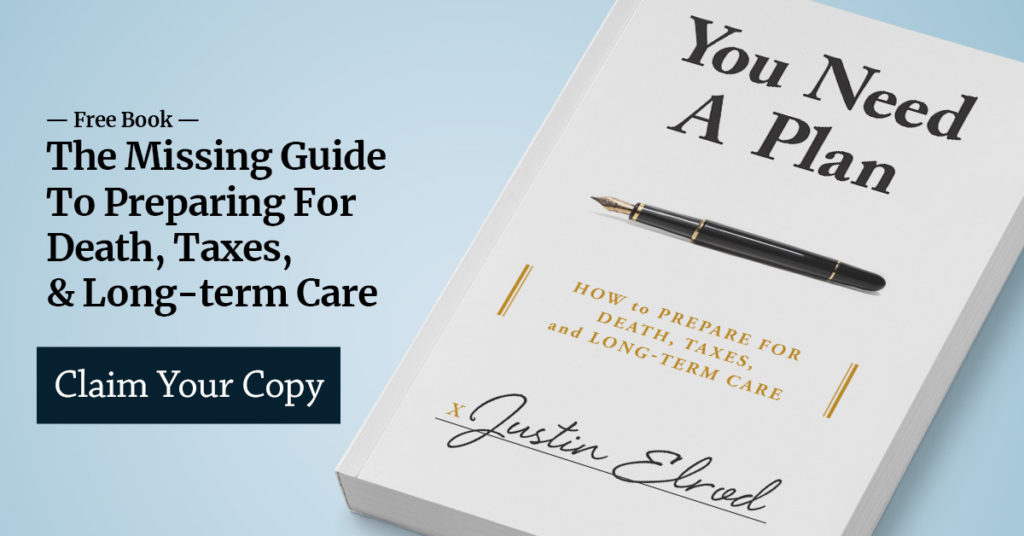Veterans Benefits
This little-known financial benefit can make a big difference for veterans or their surviving spouses.
You owe it to yourself to learn about benefits available to veterans.
Many people are familiar with only Service Connected Veterans Benefits, the benefits available to veterans who were injured in the line of duty. As a result of this confusion, many fail to explore an important Veterans Benefit commonly known as Aid and Attendance. The Aid and Attendance benefit offered through the VA is available to veterans in need of long-term care even when they were not injured in the line of duty. It is also available to surviving spouses of qualifying veterans.
The Aid and Attendance benefit is tax-free income the VA pays straight to the recipient through direct deposit for the recipient to use for whatever care he or she wants. The benefit is not like insurance, payable to a particular caregiver or facility.
In general, the VA will require information on three distinct sets of criteria to determine whether a veteran or a veteran’s surviving spouse qualifies for the Aid and Attendance benefit: Veteran Status, Health Status, and Financial Status.
Veteran Status
To qualify for the Aid and Attendance benefit, the veteran must produce discharge papers showing that he or she served on active duty during a period of war, that the service lasted at least 90 days, and that the discharge was anything other than dishonorable. For those who no longer have their discharge papers, we can usually assist in obtaining the proper information from the National Archives. For surviving spouses seeking the benefit, proof of marriage to the veteran and proof of the veteran’s death are also required.
Periods of War
World War I: April 6, 1917 –November 11, 1918, inclusive. If the veteran served with the United States military forces in Russia, the ending date is April 1, 1920. Service after November 11, 1918 and before July 2, 1921 is considered World War I service if the veteran served in the active military, naval, or air service after April 5, 1917 and before November 12, 1918.
World War II: December 7, 1941 – December 31, 1946, inclusive. If the veteran was in service on December 31, 1946, continuous service before July 26, 1947 is considered World War II service.
Korean conflict: June 27, 1950 – January 31, 1955, inclusive.
Vietnam era: February 28, 1961 – May 7, 1975, inclusive, in the case of a veteran who served in the Republic of Vietnam during that period. August 5, 1964 – May 7, 1975, inclusive, in all other cases.
(Authority: 38 U.S.C. 101(29))
Health Status
To qualify for the Aid and Attendance benefit, the claimant must also show that he or she needs long-term care assistance. The VA does not limit assistance to those in need of nursing home care. Need for home caregiver services or an assisted living facility is sufficient. Claimants who are legally blind or who suffer from any form of dementia will generally qualify, as will claimants with physical infirmities that result in a need for long-term care assistance.
Financial Status
Some income and asset restrictions apply to the Aid and Attendance benefit. No specific income limit will always apply to every claimant. Instead, the VA’s income test compares the claimant’s gross monthly income with the recurring medical expenses paid each month. In very broad terms, unless a claimant is spending the bulk of his or her monthly income on long-term care costs, he or she will fail the income test. Those seeking the Aid and Attendance benefit can claim health insurance and drug plan premiums as qualified recurring medical expenses. But claimants more commonly rely on larger expenses like home caregivers, assisted living fees, and nursing home costs, to pass the income test.
In contrast to how the VA determines applicants’ income, only one asset limit applies in every case, adjusted annually when new Medicaid restrictions are released. As of 2022, this asset limit is a little over $138,000. The VA does not count an applicant’s primary home as an asset.
In addition, the rules impose a three-year lookback. When a claimant transfers assets out of his or her name within that three-year lookback, those transfers must be disclosed to the VA at the time of application. Some transfers will result in a penalty period, during which benefits will not be paid even though the claimant may otherwise be qualified. The more transferred, the longer the penalty, up to a five-year limit.
Recent Veterans Benefits Articles


Why You Need a Good Elder Law Attorney (and How to Find One)

Recent Veterans Benefits Questions
Are Veterans Benefits a fit for you? We can help.
You don’t have to go another day without a plan. We can help develop a plan that fits your unique situation.


